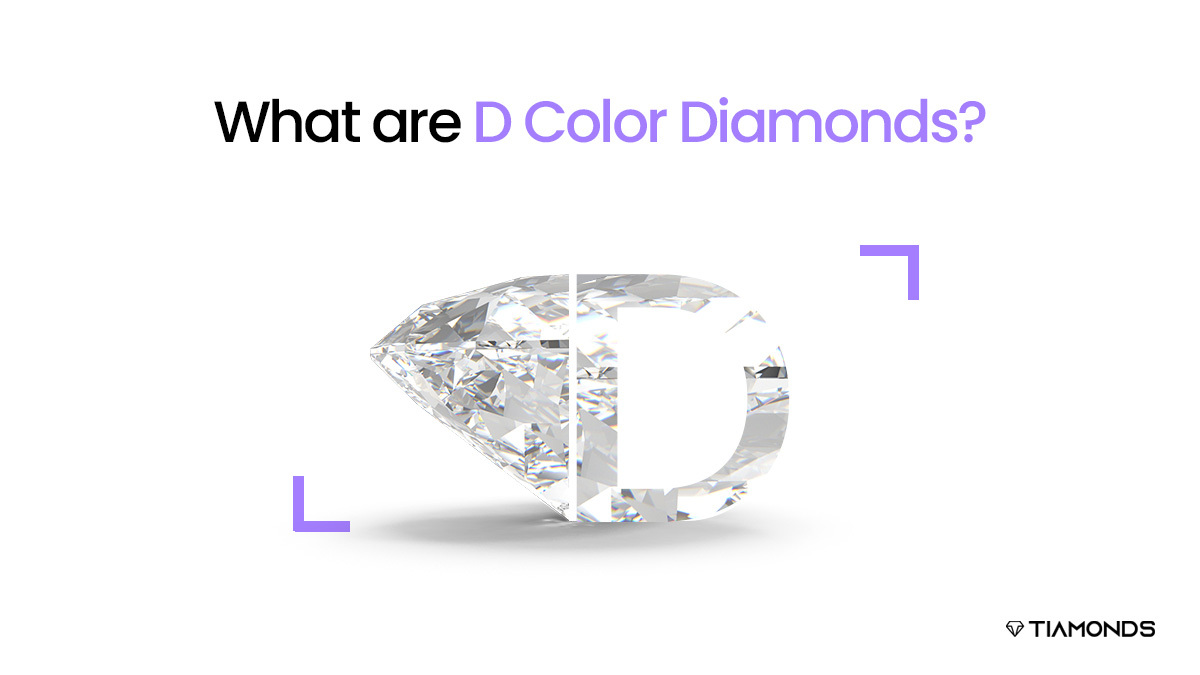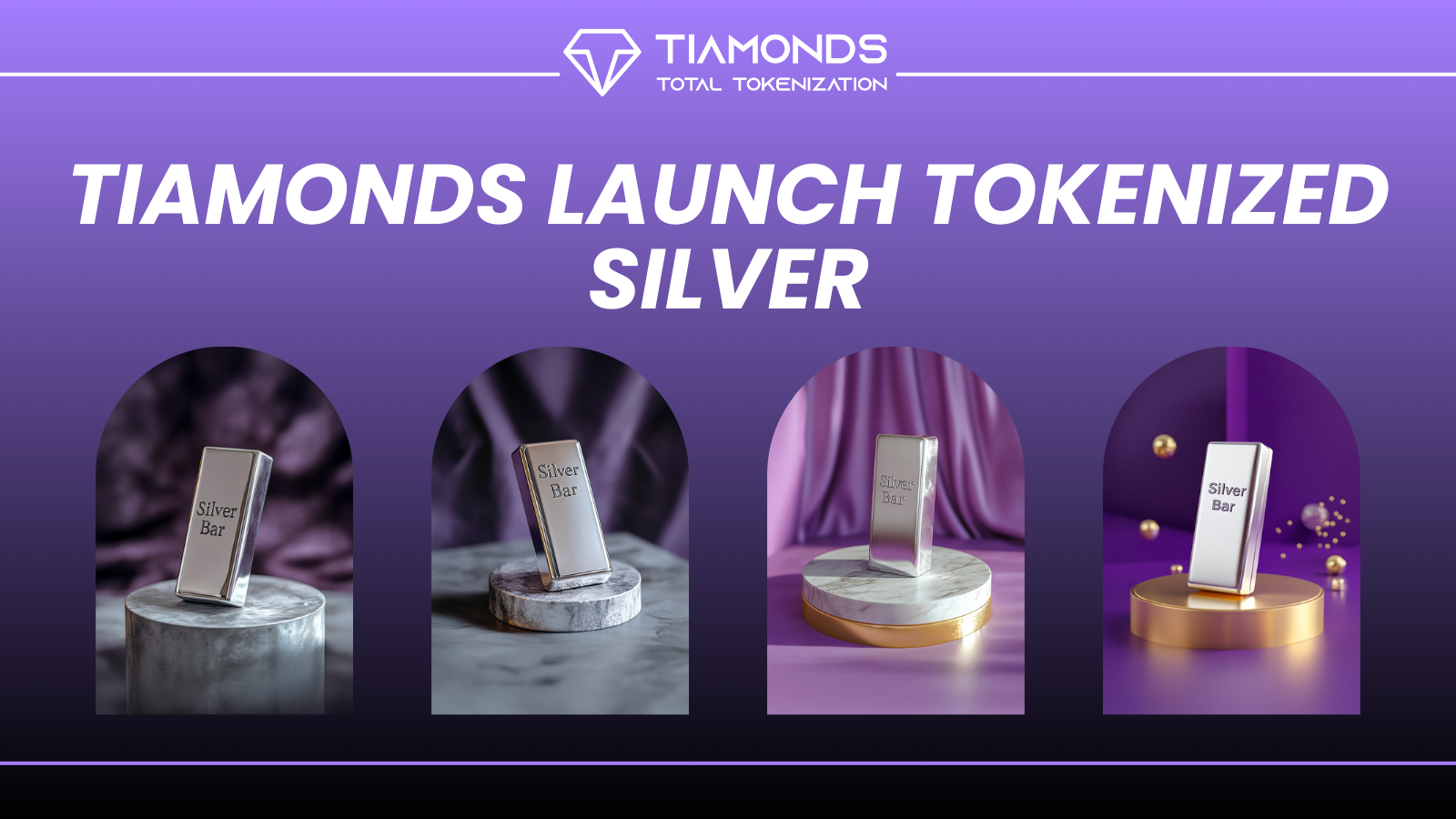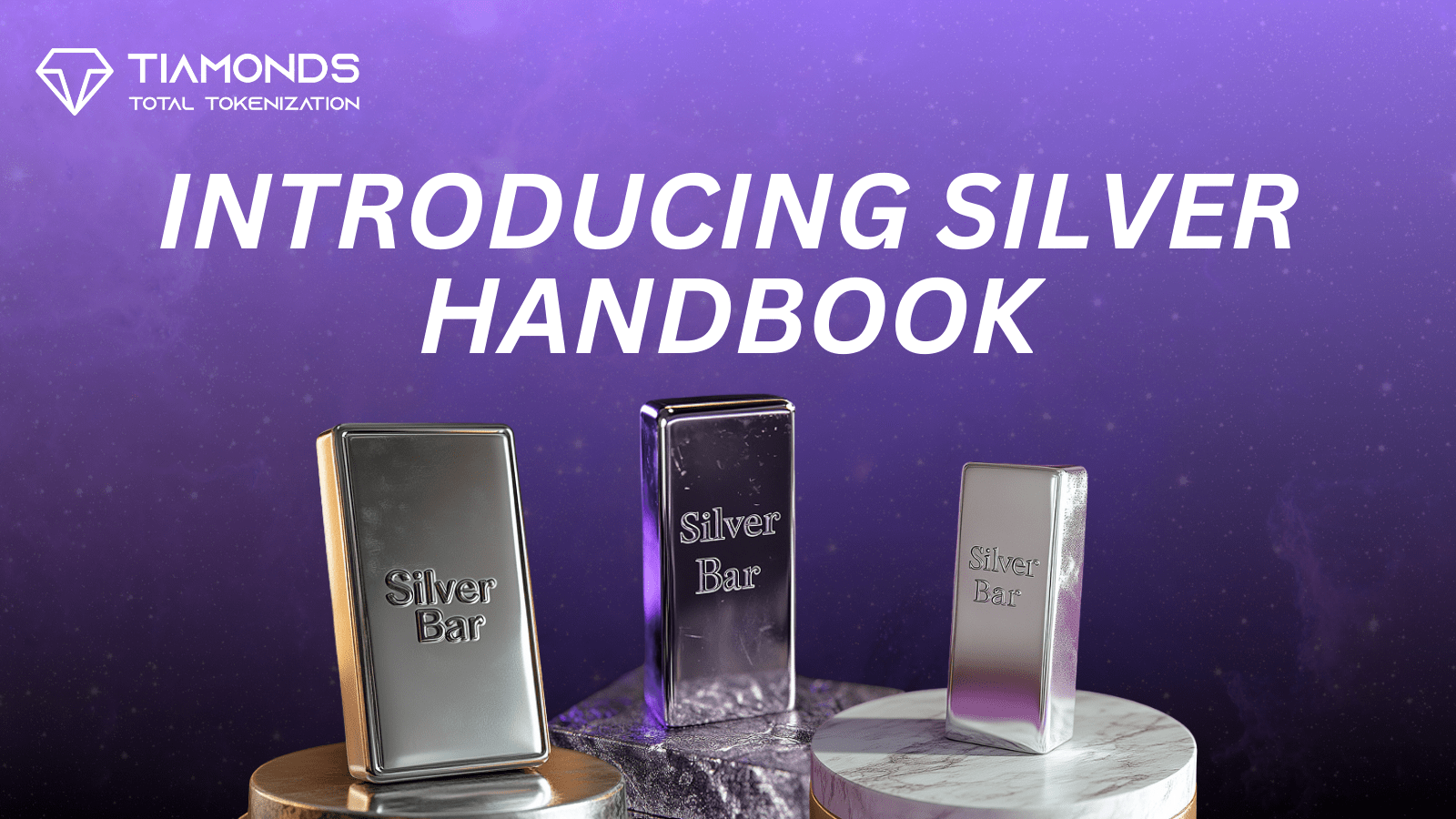Undoubtedly, when you are determining the color of your diamond, D is the greatest grade of a colorless diamond and the definition of colorlessness. Diamonds of the D variety are the epitome of colorlessness and purity. Why are colorless diamonds referred to as such and not white diamonds? Diamonds that lack color are as reflective as water and are not transparent as white paint. D-color diamonds, which represent the highest grade on the GIA color scale. These are colorless to the naked eye and, under the magnification of an expert.
Only one percent of the diamonds traded annually for engagement rings possess the colorlessness needed to earn a GIA D grade. Exceptional and optimized, D color-grade diamonds occupy the highest position on the GIA’s standard diamond color scale. These range from Z (light yellow or brown) to D (completely colorless). (In contrast to Z diamonds, fancy-colored diamonds possess a different color grading scale that specifies both the color and intensity of the diamond’s color.)
What are D-color diamonds?
D-color diamonds, which are now recognized as completely colorless diamonds. They were formerly referred to as “Jager diamonds” in honor of a mining source renowned for yielding such jewels. Furthermore, the renowned historical Golconda mine in India. It is renowned for producing colorless diamonds; thus, “Golconda diamonds” are without any visible hue.
The Gemological Institute of America established the D-to-Z diamond color scale and the general understanding of diamond color in the 1950s. The GIA developed the diamond color grading system to replace the descriptive terminology that diamond dealers used to assess color. The GIA was aware of the fact that establishing a standardized, objective criterion for grading diamonds. With clearly defined intervals between each color grade, this would foster confidence in the value of diamonds.
Table of Contents:
ToggleWhat exactly does the color D represent?
This indicates that an inverted diamond, when compared to the D-color diamond in the jewellery, appears colorless. The ability to discern subtle variations in color when juxtaposed. Other diamonds facilitate the means by which evaluators assess color.
Many D-color diamonds are chemically far more pure than other diamonds. They contain fewer trace elements in the carbon of their atomic structure, in addition to not having color. D-colored diamonds are frequently type IIa, an extremely uncommon variety of diamonds without nitrogen.
Diamond type is an uncomplicated classification system that utilizes the chemical composition and atomic structure of diamonds. The majority of jewelry-grade diamonds are type Ia, which includes minute amounts of nitrogen. Nitrogen’s absorption of blue frequencies causes the “cape” diamonds to exhibit a spectrum extending from colorless to pale yellow. The extreme rarity of Type IIa diamonds attracts collectors.
Color D versus E Diamonds
The only distinction between diamonds in the colorless spectrum (DEF) is their level of colorlessness. The distinction between each color at the apex of the color range is exceedingly subtle. In real-world bright conditions, not even the most knowledgeable individuals can consistently differentiate between them. While a minority possess exceptional color vision and can discern these minute variations in body color, the majority are unable to do so.
Experts Opinion
Experts execute color calls within the gem laboratories, employing meticulously validated master comparison stones and operating under highly controlled lighting conditions. Even with lighting control, natural light returning to the eye can obscure even a minuscule quantity of body color, making it nearly impossible to differentiate colorless diamonds when viewed face-up.
In essence, the distinction between diamonds of color D and E is negligible. However, it has a significant effect on price, particularly for larger, better-cut natural diamonds with superior clarity and cut quality. Less than distinctions in visual appeal in the physical world, rarity dominates the price differential on the natural market. When comparing colors D and E, assuming all other attributes remain constant, the prevailing criterion for selection is frequently an affective factor rather than a visual one.
Choosing a D-color Color Diamond
When selecting a diamond of the color D, numerous factors must be considered. Before anything else, keep in mind that although color does contribute significantly to the value of a diamond, it is not the only factor. When assessing the overall quality and desirability of a diamond, it is important to consider additional critical factors such as cut, clarity, and carat weight, which are frequently combined into the acronym 4Cs.
Cut
The cut of a diamond substantially influences its brilliance. Inadequate cutting will diminish the brilliance of even a diamond of color D. Always prioritize high-quality trimming as a result. An exquisitely cut diamond of the D color will reflect light, thereby enhancing its inherent radiance and fire.
Clarity
Clarity is an additional crucial factor to keep in mind. In general, diamonds that possess a reduced number of inclusions (internal defects) and blemishes (external flaws) exhibit a more brilliant appearance and are more valuable. A D-colored diamond with a high clarity grade will more effectively show its colorless characteristic than one that has discernible inclusions.
Pricing
D-color diamonds are among the most costly on the market, as the numerous examples in the preceding section demonstrate.
A D-colored round brilliant cut diamond typically has a premium of 10 to 15% over a comparable-carat weight and clarity diamond with a color grade of G, which represents the highest quality in the near-colorless spectrum.
The two elements, or segments, that influence the appearance of your diamond the most are its carat weight and cut. An improved cut corresponds to increased fire and brilliance, while a bigger carat weight results in a more sizable and remarkable diamond.
These two factors significantly influence the quality of a diamond beyond its color grade.
Conclusion
Undoubtedly, exquisite D-colored diamonds are precisely carved. Exquisitely cut and gleaming with fire and brilliance, the diamond impresses with its breathtakingly white hue.
D-color diamonds symbolize the utmost level of colorlessness and beauty within the world of diamonds. Due to their unparalleled brilliance and purity, these uncommon and valuable gems are a coveted option among many diamond purchasers. Choosing a D-colored diamond, or any diamond for that matter, requires a thorough evaluation of all facets of quality, including cut, clarity, and carat weight, as we have seen in this guide. By having a comprehensive comprehension of these elements and applying appropriate maintenance, a D-color diamond has the potential to serve as an enduring expression of sophistication and magnificence.




